Updated 24 Nov. 2023
Sodium is an electrolyte that is critical to maintaining adequate blood volume. And as the most abundant electrolyte in the body, not only do we lose a lot of it when we sweat, we need to replace it, as well.
If you sweat a lot and see salt on your kit, you may really want to consider getting sweat or sodium tested, and start replenishing your sodium (and water) as you exercise.
Here in Singapore where it’s hot and humid everyday, I recommend a baseline of about 800-1,000 mg of sodium per hour in exercise more than 2-3 hours.
Of course, how much you’ll need will vary, and the best way to determine it besides getting tested is to experiment and keep track of your intake and how you feel.
This may take time – like weeks or months – but it will pay off come race day.
Table of Contents
Top Sodium Products
1. Precision Hydration
Precision Hydration has been my go-to hydration product for half and full Ironman races for years. I’ve used it in probably more than 10 half Ironmans and 2 fulls.
I love their products as it supports me the day before the race, before the swim, on the bike, on the run, and after the race, in a variety of forms.
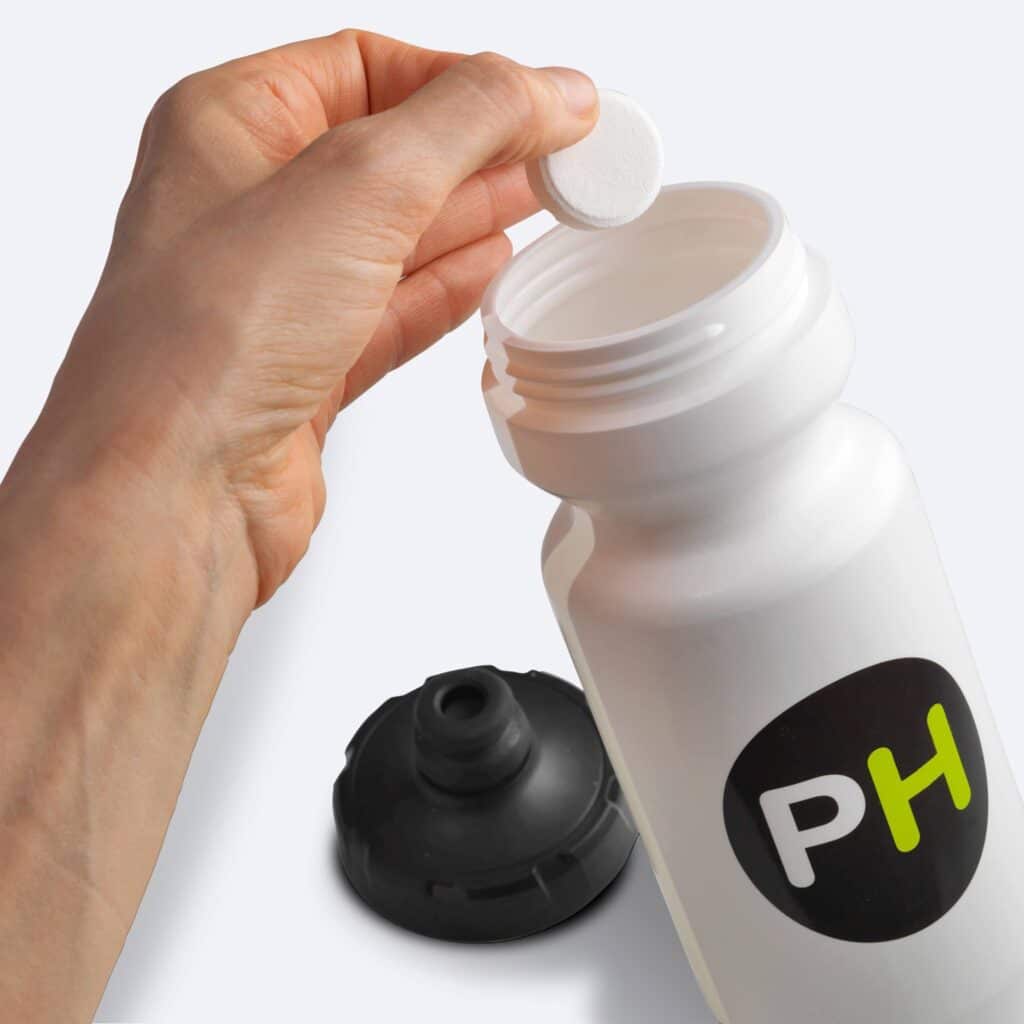
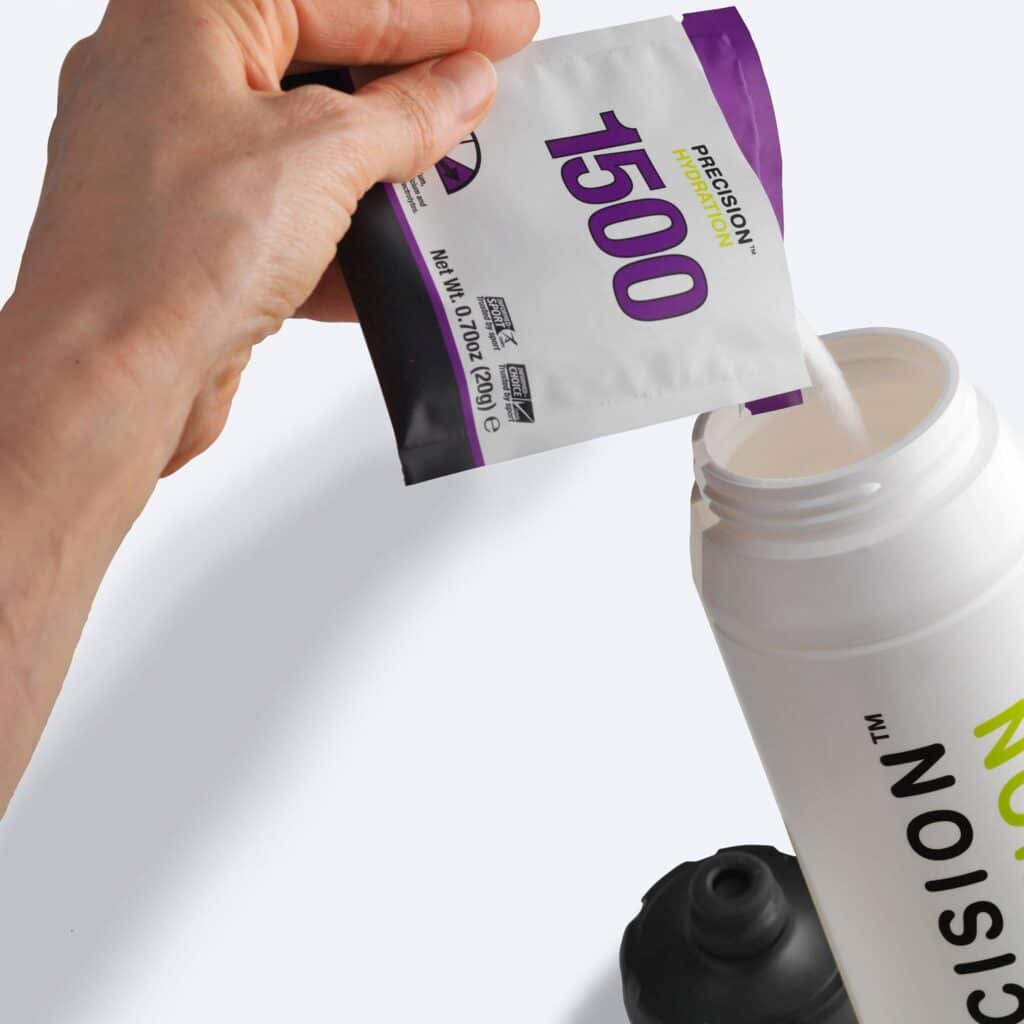

For example:
At dinner the night before my race, I’ll take a PH 1500 effervescent tablet in my drink to ensure I’m sodiumed-up.
- I’ll have the same thing for breakfast in the morning
- On the bike I’ll have multiple sachets of PH 1500 in a bottle, which I will have already mixed up the night before
- Then on the run, I’ll pop the capsules at regular intervals. Because they’re individually sealed in blister packs, they’ll stand up to any sweat, rain, water and general carnage of the run
- Finally, at the end, I’ll have a huge cheeseburger with another effervescent 1500 in a glass for sodium replenishment and recovery
Pros 👍🏽
-Multiple form factors (sachets, effervescent tablets, tablet ‘pills’)
-Can stack many together
Cons 👎🏽
-Expensive
-Misleading labels (PH 1500 = 750mg)
-The volume of product in sachets seems large
2. UCAN Hydrate
I did a review of UCAN Hydrate here, when I discovered it had probably the highest amount of sodium pound-for-pound than any other product.
It’s got 300 mg of sodium in just one little 3 g stick. That’s a concentration unlike any other!
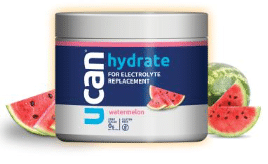
You can get it in berry, lemon-lime, pineapple, and watermelon. I especially loved the watermelon.
Pros 👍🏽
-Massive sodium
-The watermelon flavor is awesome
Cons 👎🏽
-Not easily available worldwide
-Doesn’t keep well in humid climates – clumps up
3. STYRKR
A relative newcomer in the endurance nutrition space, STYRKR has a great range of products – I reviewed them both for cycling and running – see below.
Their tiny sodium sachets pack a punch. With a respectable 360 mg of sodium per pack, in just a tiny 5 g sachet, it would be easy to cook up a huge batch of sodium solution for all your multi-hour endurance needs.
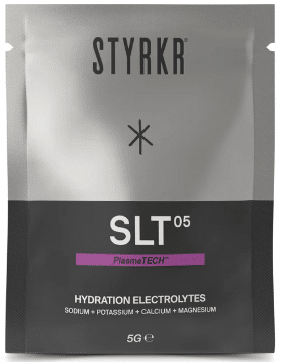
The taste is really pretty good, although it has a bit of a sweetener-like aftertaste, almost how a diet cola tastes, which is not really my favorite but I don’t dislike it.
Pros 👍🏽
-Tiny sachets
-Pleasant flavors
Cons 👎🏽
-Hard to find outside of the UK, as far as I know
4. LMNT
Big outside the triathlon and endurance communities, LMNT seems to have really caught on as a lifestyle drink. I guess it’s just cool.
Besides that, the flavors are really spectacular. Choose from standard stuff like citrus, orange, and raspberry, or even exotic stuff like lemon habanero, mango chili, or chocolate salt!
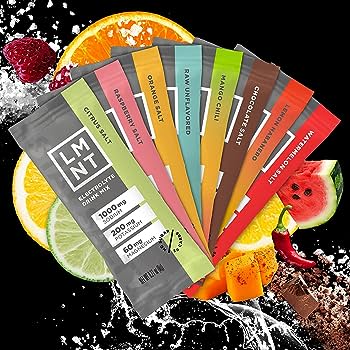
The only downside is that they are so rich that you’d never want to double them up. So, if you need 2,000 mg of sodium in a single bottle, you’d be fully overwhelmed by intense flavor to a point where I’d bet you couldn’t finish it.
I might add that LMNT are reducing their global distribution, too, as I heard they just want to focus on North America. This means that if you’re not in the US or Canada, Amazon may be the only way for you to acquire this potent powder, and that’ll cost you.
I don’t really love how they play up the keto, low-carb, intermittent fasting, and gluten-free fads, making it sound like other sodium products wouldn’t fit the bill for any of those trends.
Pros 👍🏽
-Sensational flavors
-A nice, round 1,000 mg of sodium per dose
Cons 👎🏽
-Could be hard to find, depending on where you live
-Expensive, especially if you have to order it from overseas
5. Salt
Yep, you read that right. Salt is the bonus product here.
Add a pinch when you’re…in a pinch. 🤦🏼
I’ve heard that one of the benefits of salt as a sodium supplement is that once your palate stops craving (or even liking) the taste of salt, you’re fully fueled in the sodium space.
Not sure if that’s really true, but it makes sense.
And as you probably remember from high school, salt = NaCl, or sodium chloride.
It’s the sodium part that we’re after, and there are 388 mg of it (sodium) in one gram of salt.

Also, consider that a teaspoon of salt is about 5-6 grams.
So, a teaspoon of salt is around 2,300 mg of sodium.
But how do you consume this? I like to put a dash of it in a bottle of carb drink, and usually 1/3 to ½ teaspoon is easily make by the sugary product I already have in there.
All of this is in contrast sodium citrate, which most of the products on the market use. Sodium citrate is still sodium minus that salty taste.
Pros 👍🏽
-Nearly free
-Easy to find
-Can de-ice roads in the winter
Cons 👎🏽
-The taste can be overwhelming over time
-Doesn’t fulfil the triathlete’s need to spend lots of money just to look cool
Summary
Sodium is a critical component for in any endurance athlete’s nutrition plan, especially if racing in hot or humid conditions.
It’s widely underestimated and plenty of athletes have had races end in disaster due to insufficient replenishment of this essential electrolyte.
Have a look at any of these three videos below for more info on sodium and hydration.
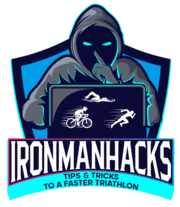





Leave a Reply
You must be logged in to post a comment.